Home>Gardening & Outdoor>Landscaping Ideas>How To Grow Grass In The Summer


Landscaping Ideas
How To Grow Grass In The Summer
Modified: March 27, 2024
Learn expert landscaping ideas for growing grass in the summer. Discover tips and techniques to maintain a lush, green lawn despite the heat.
(Many of the links in this article redirect to a specific reviewed product. Your purchase of these products through affiliate links helps to generate commission for Storables.com, at no extra cost. Learn more)
Introduction
Growing and maintaining a lush, green lawn during the summer months can be a challenging yet rewarding endeavor. As the temperatures rise and the sun beats down, your grass faces a myriad of obstacles that can hinder its growth and overall health. However, armed with the right knowledge and strategies, you can cultivate a vibrant lawn that withstands the summer heat and thrives throughout the season.
In this comprehensive guide, we will explore the art of growing grass in the summer, from selecting the most suitable grass seed to implementing effective watering and maintenance techniques. Whether you’re a seasoned lawn care enthusiast or a novice gardener, this article will equip you with the essential insights and practical tips to transform your lawn into a verdant oasis during the hottest time of the year.
Key Takeaways:
- Choose drought-tolerant grass seed varieties like Bermuda grass and Zoysia grass for a resilient summer lawn that can withstand heat and limited water availability.
- Prioritize deep and infrequent watering, early morning watering, and strategic fertilization to sustain the vitality of your summer grass and promote deep root development.
Read more: How Fast Does Grass Grow In The Summer
Understanding the Challenges of Growing Grass in the Summer
Summer presents a host of challenges for nurturing a healthy lawn. The scorching sun, erratic rainfall, and increased foot traffic all contribute to the stress that grass endures during this season. Understanding these challenges is crucial in formulating an effective lawn care plan.
Drought and Heat Stress: High temperatures and reduced rainfall can lead to drought stress, causing grass to wilt and turn brown. Additionally, heat stress can hinder the photosynthesis process, impeding the grass’s ability to produce energy and grow.
Increased Foot Traffic: With longer daylight hours and pleasant weather, lawns often become prime spaces for outdoor activities. This heightened foot traffic can compact the soil, restrict air circulation to the roots, and create bare patches in the grass.
Weed and Pest Infestations: Summer provides an ideal environment for weeds to flourish, competing with the grass for essential nutrients and water. Furthermore, pests such as grubs and chinch bugs are more active during this season, posing a threat to the health of the grass.
Disease Vulnerability: Certain lawn diseases, such as brown patch and dollar spot, thrive in hot and humid conditions. These can quickly spread and cause extensive damage to the grass if not identified and managed promptly.
By recognizing these challenges, you can proactively address them and implement strategies to fortify your lawn against the adversities of summer, ensuring that it remains resilient and vibrant throughout the season.
Choosing the Right Grass Seed for Summer Planting
When it comes to growing grass in the summer, selecting the appropriate grass seed is a pivotal first step. Not all grass species are well-suited to withstand the rigors of the summer climate, making it essential to choose a variety that exhibits resilience and adaptability. Here are some key considerations to keep in mind when choosing grass seed for summer planting:
- Drought Tolerance: Opt for grass seed varieties known for their ability to thrive in dry conditions. Drought-tolerant grasses, such as Bermuda grass and Buffalo grass, possess deep root systems that enable them to withstand prolonged periods of heat and limited water availability.
- Heat Resistance: Look for grass seed varieties that exhibit strong heat tolerance. Warm-season grasses like Zoysia grass and St. Augustine grass are well-suited for summer planting, as they can endure high temperatures without compromising their lush appearance.
- Soil Compatibility: Consider the soil composition of your lawn area when selecting grass seed. Some grass species, such as Centipede grass and Bahia grass, thrive in acidic soils, while others, like Kentucky bluegrass and fescue, prefer neutral to slightly alkaline soil conditions.
- Foot Traffic Resilience: If your lawn experiences frequent foot traffic during the summer, prioritize grass seed varieties known for their durability and quick regrowth. Perennial ryegrass and tall fescue are excellent options for high-traffic areas, as they can withstand wear and tear while maintaining their lush appearance.
Before purchasing grass seed, assess the specific needs and challenges of your lawn to determine the most suitable grass varieties for your summer planting project. By choosing the right grass seed, you can establish a strong foundation for a vibrant and resilient lawn that thrives in the summer heat.
Preparing the Soil for Summer Grass Growth
Optimal soil preparation is fundamental to the successful establishment of summer grass. By creating a supportive environment for seed germination and root development, you can significantly enhance the resilience and vitality of your lawn. Here are essential steps to prepare the soil for summer grass growth:
- Soil Testing: Conduct a soil test to assess its pH level and nutrient content. This information will guide you in determining the necessary amendments to optimize the soil for grass growth. Most warm-season grasses thrive in slightly acidic soils with a pH range of 6.0 to 7.0.
- Aeration: Prior to seeding, aerate the soil to alleviate compaction and improve air circulation to the grassroots. Core aeration, which involves removing small plugs of soil, facilitates better water and nutrient absorption, promoting robust root development.
- Soil Amendments: Based on the results of the soil test, amend the soil with organic matter and appropriate fertilizers to rectify any deficiencies and enhance its structure. Incorporating compost or well-decomposed manure can bolster the soil’s fertility and water retention capacity.
- Seedbed Preparation: Prepare a smooth and level seedbed to ensure uniform seed distribution and optimal seed-to-soil contact. Rake the soil to create a fine texture, removing debris and large clumps that may impede seed germination.
- Moisture Management: Adequate soil moisture is crucial for seed germination and early root establishment. Water the prepared seedbed thoroughly a day or two before seeding to promote an ideal environment for the grass seed to take root.
By meticulously preparing the soil for summer grass growth, you can lay the groundwork for a resilient and thriving lawn. These proactive measures not only foster healthy grass establishment but also contribute to long-term sustainability and vitality, ensuring that your lawn remains verdant and resilient throughout the summer and beyond.
Water your grass deeply and infrequently in the early morning to prevent evaporation. Use a sprinkler with a timer to ensure consistent watering.
Watering Techniques for Summer Grass
Proper watering is essential for nurturing healthy and resilient grass during the summer months. As the temperature rises and rainfall becomes less predictable, implementing effective watering techniques is crucial to sustain the vitality of your lawn. Consider the following strategies to optimize your watering practices for summer grass:
- Deep and Infrequent Watering: Encourage deep root growth by providing infrequent but thorough watering sessions. Aim to moisten the soil to a depth of 6 to 8 inches, promoting the development of resilient root systems that can access moisture stored deeper in the soil.
- Early Morning Watering: Schedule watering sessions in the early morning, ideally between 4 a.m. and 8 a.m. This timing allows the grass blades to dry quickly in the sunlight, reducing the risk of fungal diseases that thrive in moist conditions.
- Avoid Overwatering: While adequate moisture is crucial, overwatering can lead to shallow root growth and create a conducive environment for fungal infections. Monitor the soil moisture level and adjust your watering frequency based on the grass’s actual needs.
- Use of Irrigation Systems: Consider utilizing irrigation systems, such as oscillating sprinklers or soaker hoses, to ensure even water distribution across the lawn. Position sprinklers to minimize water wastage due to evaporation and wind drift.
- Drought Stress Management: During prolonged dry spells, prioritize watering to alleviate drought stress and prevent the grass from entering a state of dormancy. Adjust the watering schedule based on weather conditions and the grass’s visual cues, such as wilting or discoloration.
By adopting these watering techniques, you can sustain the vigor and lushness of your summer grass, promoting deep root development and overall resilience. Thoughtful and strategic watering practices play a pivotal role in fortifying your lawn against the challenges of summer, ensuring that it remains vibrant and healthy throughout the season.
Fertilizing and Maintaining Summer Grass
Fertilization is a cornerstone of effective lawn care, especially during the demanding summer months. Properly nourishing your grass with essential nutrients and implementing diligent maintenance practices are key to promoting robust growth and resilience. Here’s a comprehensive guide to fertilizing and maintaining summer grass:
- Soil Testing and Fertilizer Selection: Conduct a soil test to evaluate the nutrient levels and pH of the soil. Based on the test results, select a high-quality, slow-release fertilizer specifically formulated for summer application. Look for fertilizers with a balanced ratio of nitrogen, phosphorus, and potassium to support overall grass health.
- Strategic Fertilization: Apply fertilizer in accordance with the specific needs of your grass species and the recommendations provided by the soil test. Avoid over-fertilization, as excessive nitrogen can lead to rapid but weak growth, making the grass more susceptible to stress and disease.
- Proper Mowing Practices: Maintain the appropriate mowing height for your grass species, ensuring that you do not remove more than one-third of the grass blade in a single mowing session. Taller grass provides shade to the soil, reducing moisture evaporation and promoting deeper root growth.
- Weed Control and Maintenance: Regularly inspect the lawn for weeds and promptly address any invasive growth. Consider spot-treating weeds with targeted herbicides to prevent them from competing with the grass for nutrients and water.
- Core Aeration and Dethatching: Periodically aerate the soil to alleviate compaction and enhance air and water penetration. Additionally, dethatch the lawn to remove accumulated organic debris, promoting better nutrient absorption and root development.
By adhering to a comprehensive fertilization and maintenance regimen, you can fortify your summer grass against environmental stressors and encourage its enduring vitality. These proactive measures not only sustain the health and beauty of your lawn during the summer but also lay the groundwork for long-term resilience and lushness.
Dealing with Common Summer Grass Issues
Summer presents a myriad of challenges that can compromise the health and appearance of your lawn. Understanding and effectively addressing common issues is essential to safeguarding the vibrancy and resilience of your summer grass. Here’s a comprehensive overview of strategies to tackle prevalent summer grass issues:
- Drought Stress: During periods of limited rainfall, prioritize deep watering to mitigate drought stress. Consider applying a thin layer of mulch to conserve soil moisture and shield the grass roots from excessive heat.
- Weed Infestations: Vigilantly monitor the lawn for weed growth and employ targeted herbicides or manual removal to prevent invasive species from overtaking the grass. Implementing pre-emergent herbicides in the spring can also deter weed germination.
- Pest Control: Regularly inspect the lawn for signs of pest infestations, such as discolored patches and thinning grass. Address pest issues promptly, utilizing appropriate insecticides or natural pest control methods to protect the grass from damage.
- Disease Management: Keep an eye out for signs of fungal diseases, such as brown patches or powdery mildew, and promptly apply fungicides if necessary. Avoid overhead watering and ensure proper air circulation to mitigate the risk of fungal infections.
- Compacted Soil: Combat soil compaction by aerating the lawn to improve water and nutrient penetration. Additionally, refrain from heavy foot traffic on the grass during periods of high heat to minimize compaction.
By proactively addressing these common summer grass issues, you can fortify your lawn against environmental stressors and preserve its lushness and vitality. Implementing targeted strategies to combat drought, weeds, pests, diseases, and soil compaction will contribute to the enduring health and beauty of your summer grass, ensuring that it remains a vibrant centerpiece of your outdoor landscape.
Conclusion
Cultivating and maintaining a thriving lawn during the summer demands a combination of strategic planning, attentive care, and proactive problem-solving. By understanding the unique challenges of summer grass growth and implementing tailored solutions, you can nurture a resilient and verdant lawn that enhances the beauty of your outdoor space. From selecting the right grass seed to implementing effective watering, fertilization, and maintenance practices, each step plays a crucial role in fortifying your grass against the adversities of the season.
As you embark on your summer lawn care journey, remember that the health and vitality of your grass are intrinsically linked to the well-being of the soil beneath it. Prioritize soil testing, proper soil preparation, and thoughtful watering practices to create an optimal environment for robust grass growth. Additionally, vigilant pest and disease management, along with strategic fertilization and maintenance, are essential components of a comprehensive lawn care regimen.
By embracing these principles and techniques, you can transform your lawn into a resilient oasis that thrives despite the summer’s challenges. Moreover, the rewards of your efforts will extend beyond the summer months, contributing to the long-term sustainability and beauty of your outdoor landscape.
Ultimately, the art of growing grass in the summer is a harmonious blend of science, care, and dedication. As you tend to your lawn with a mindful and nurturing approach, you’ll witness the transformation of your outdoor space into a lush and inviting haven, providing a source of pride and enjoyment for you and your family throughout the season and beyond.
Frequently Asked Questions about How To Grow Grass In The Summer
Was this page helpful?
At Storables.com, we guarantee accurate and reliable information. Our content, validated by Expert Board Contributors, is crafted following stringent Editorial Policies. We're committed to providing you with well-researched, expert-backed insights for all your informational needs.
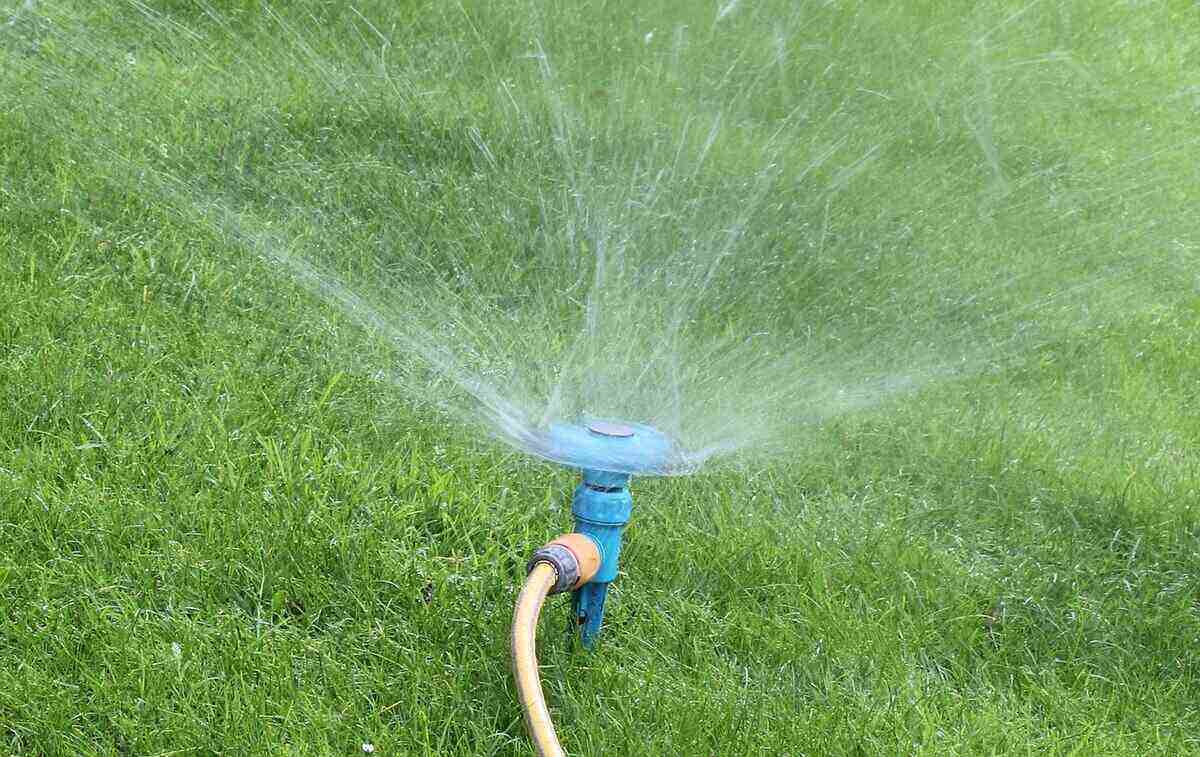


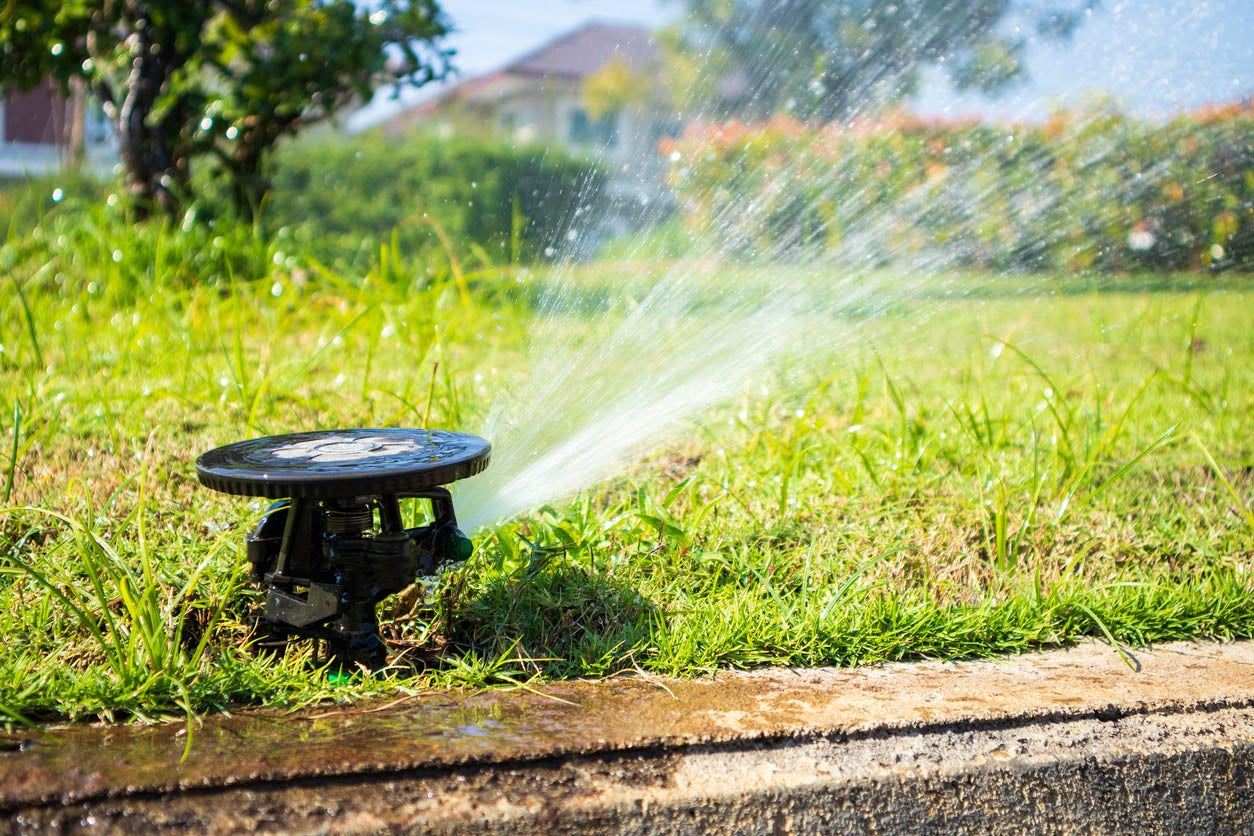
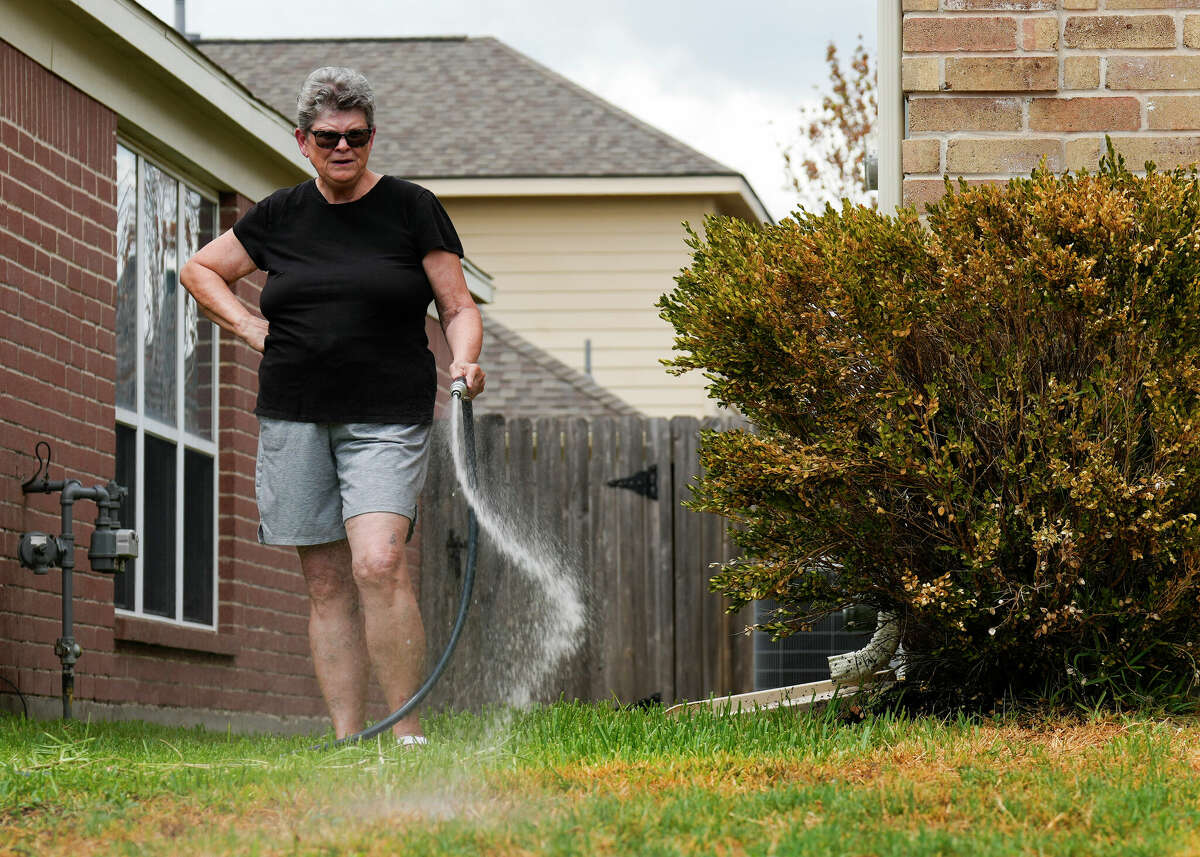
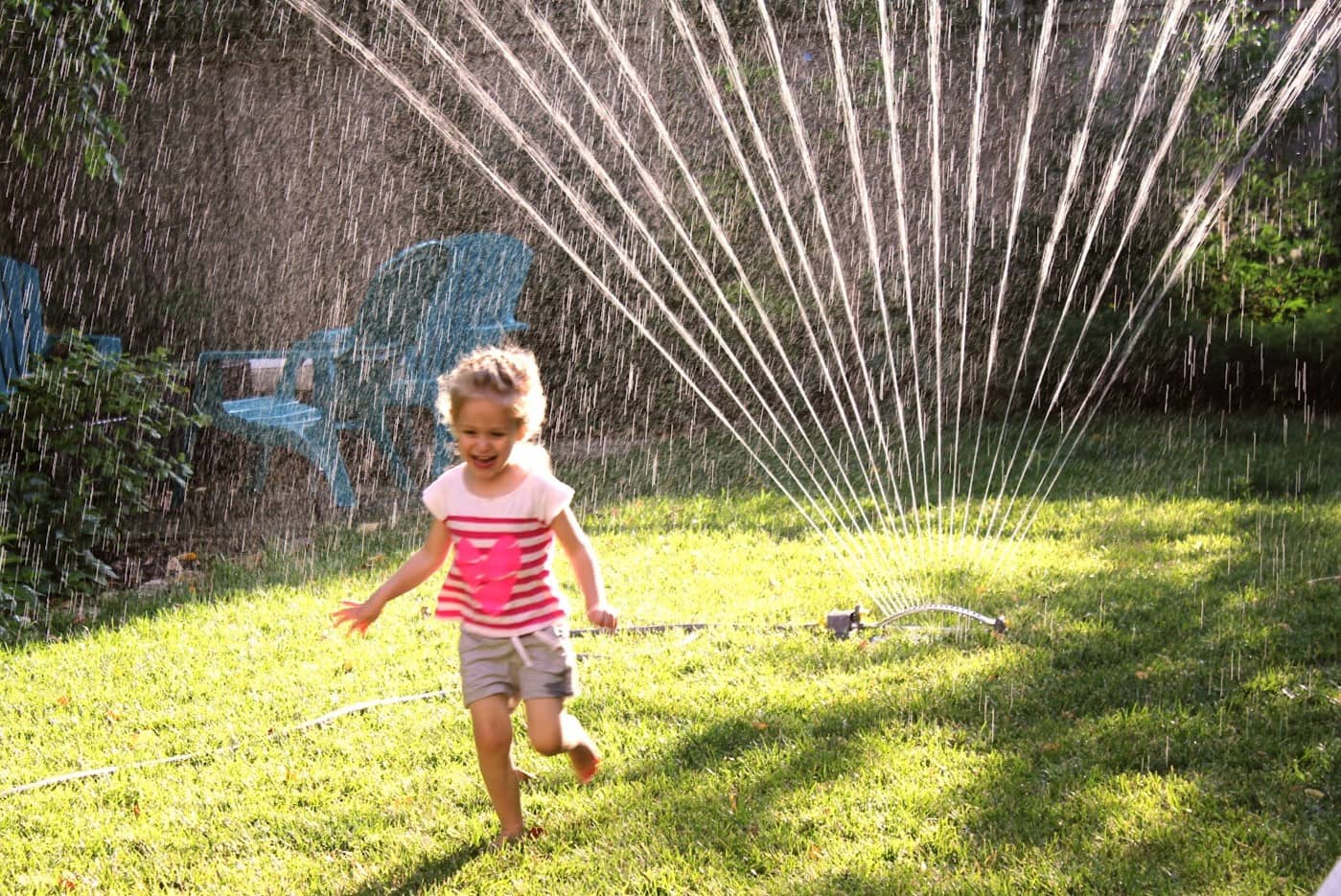
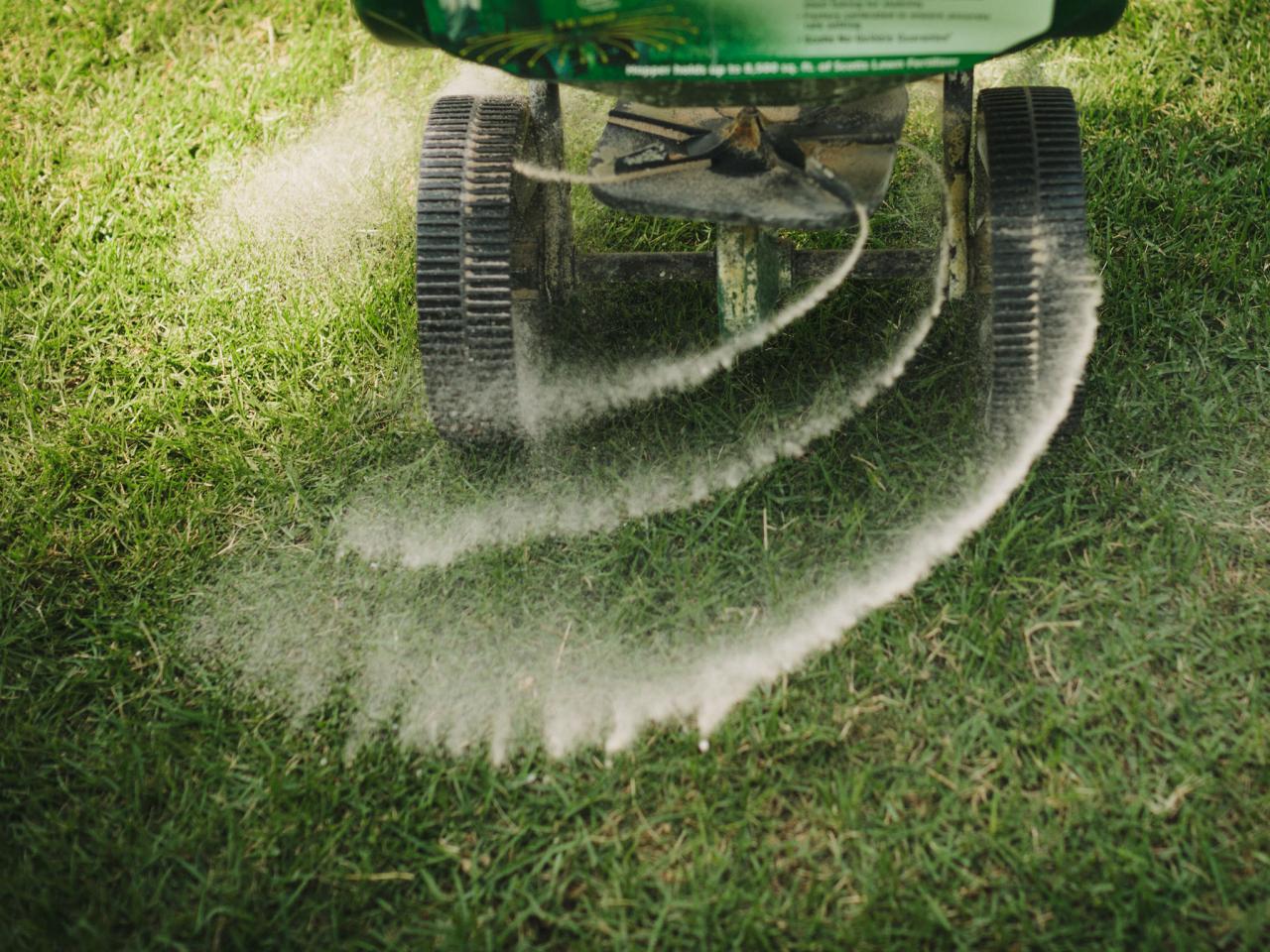
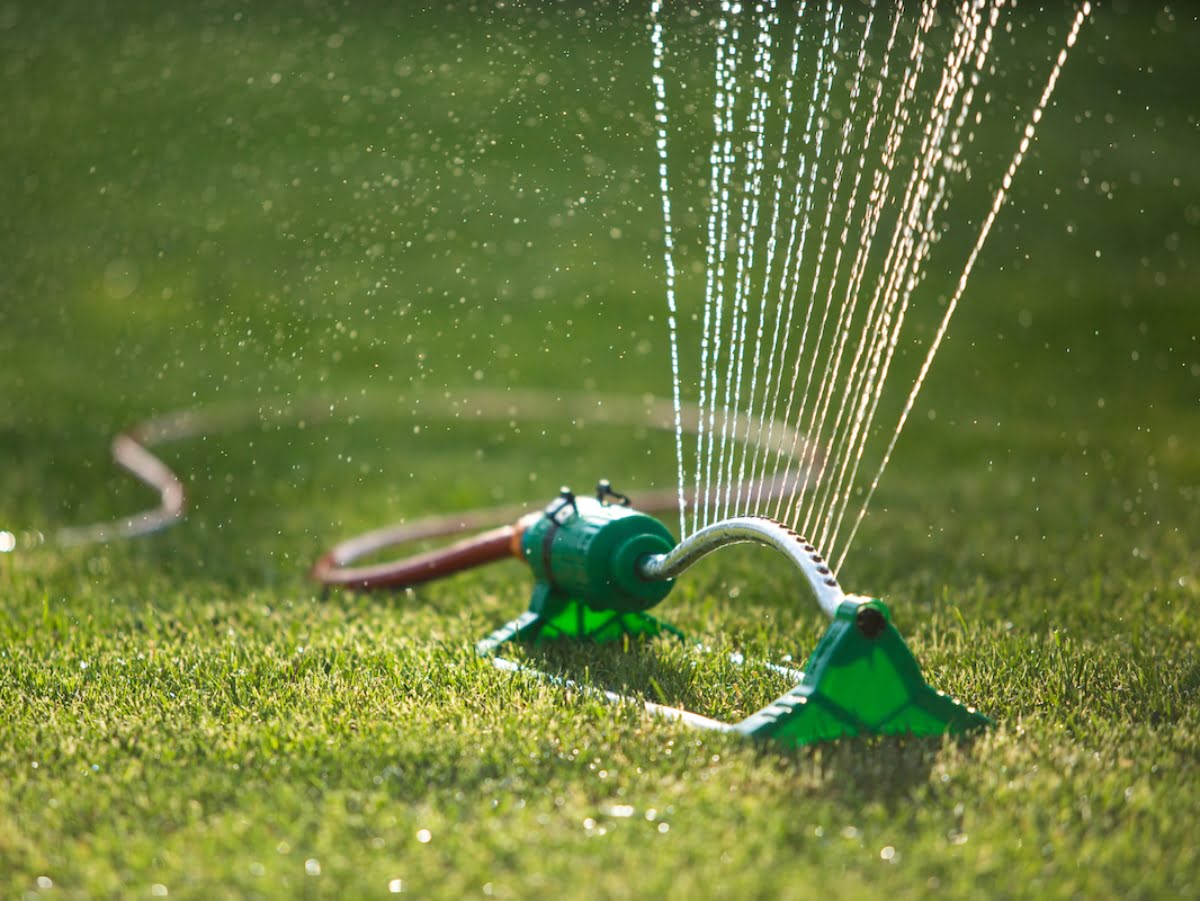

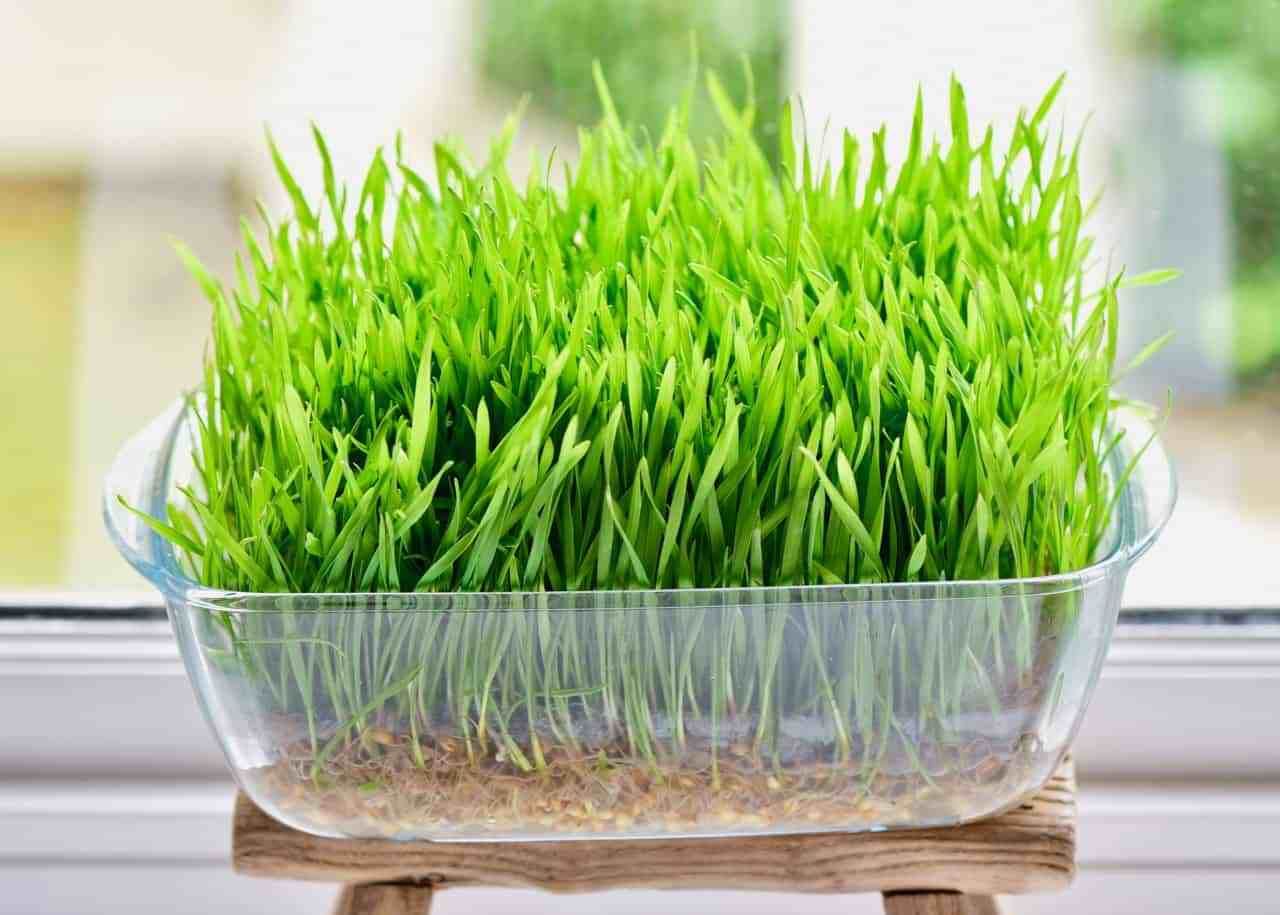
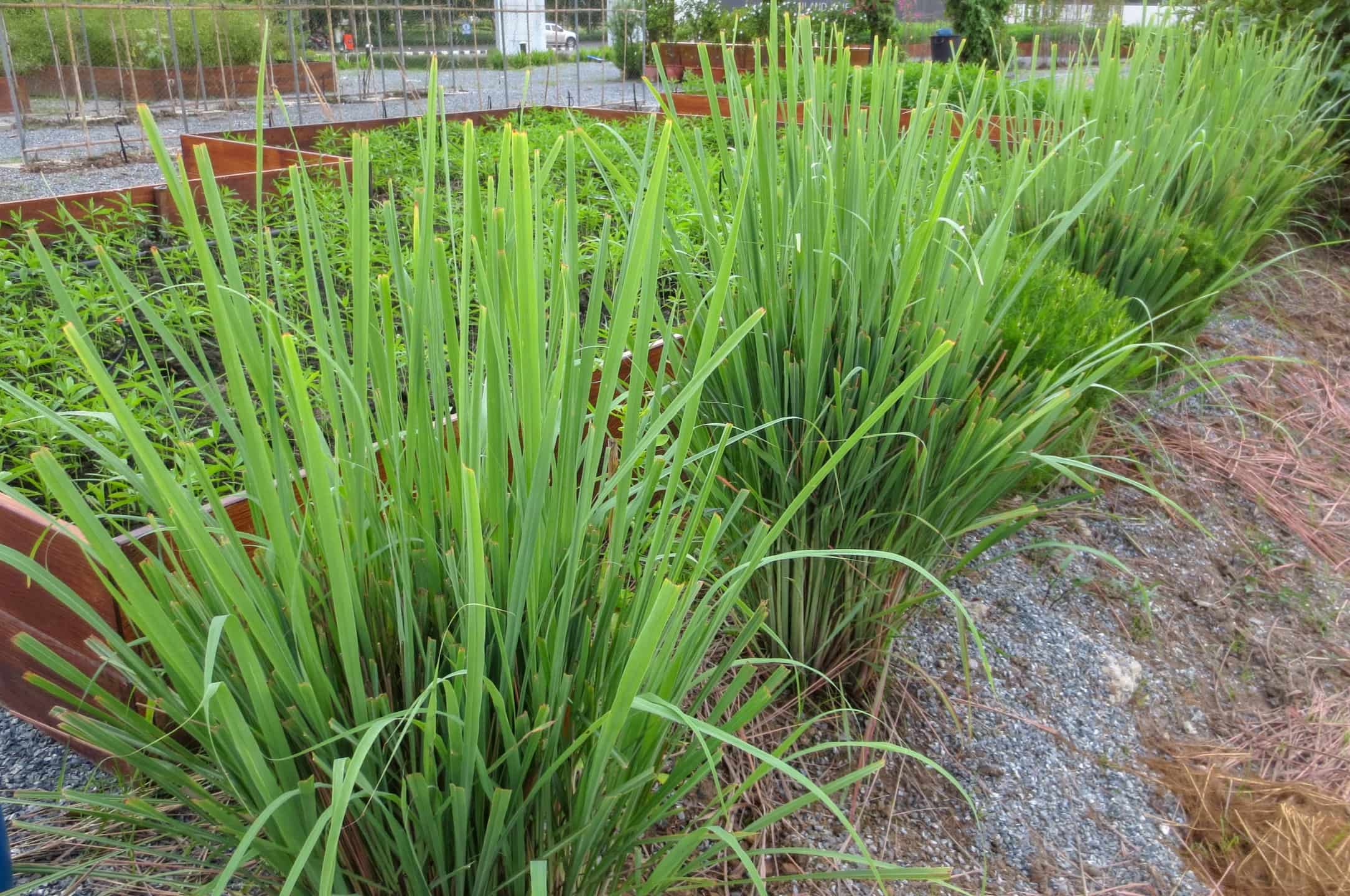
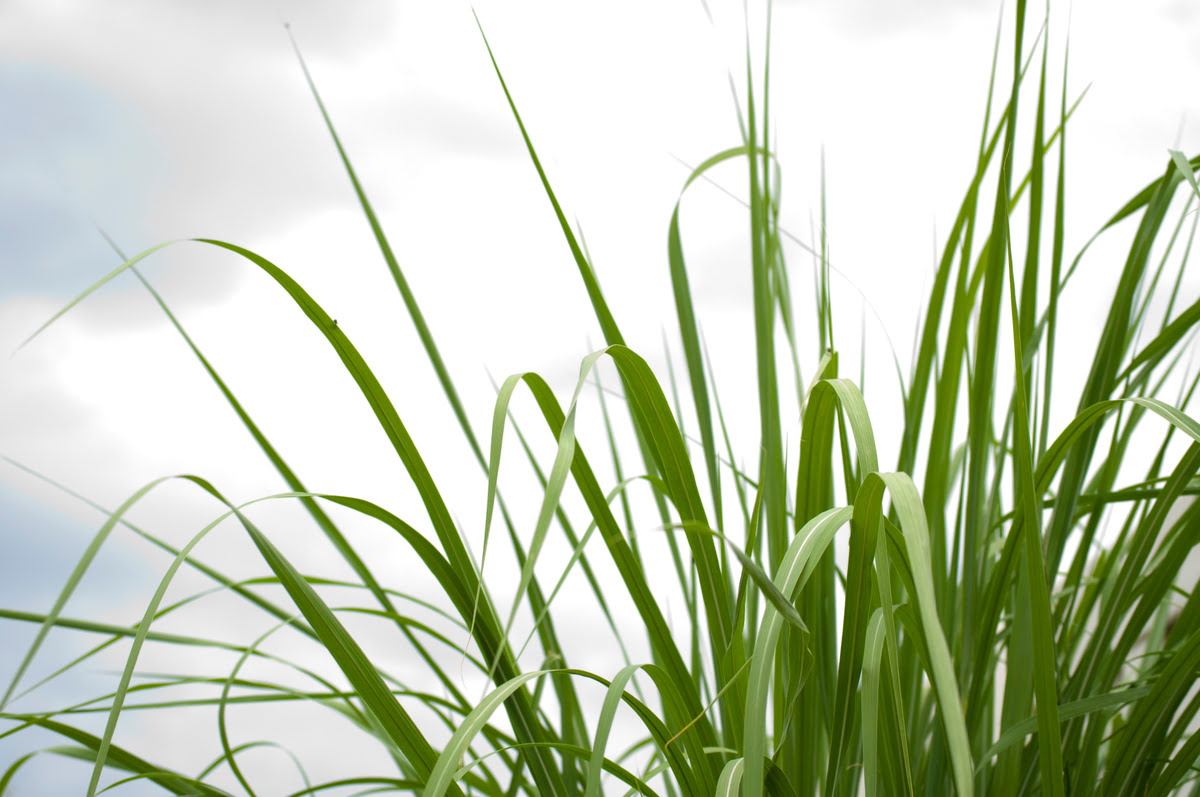
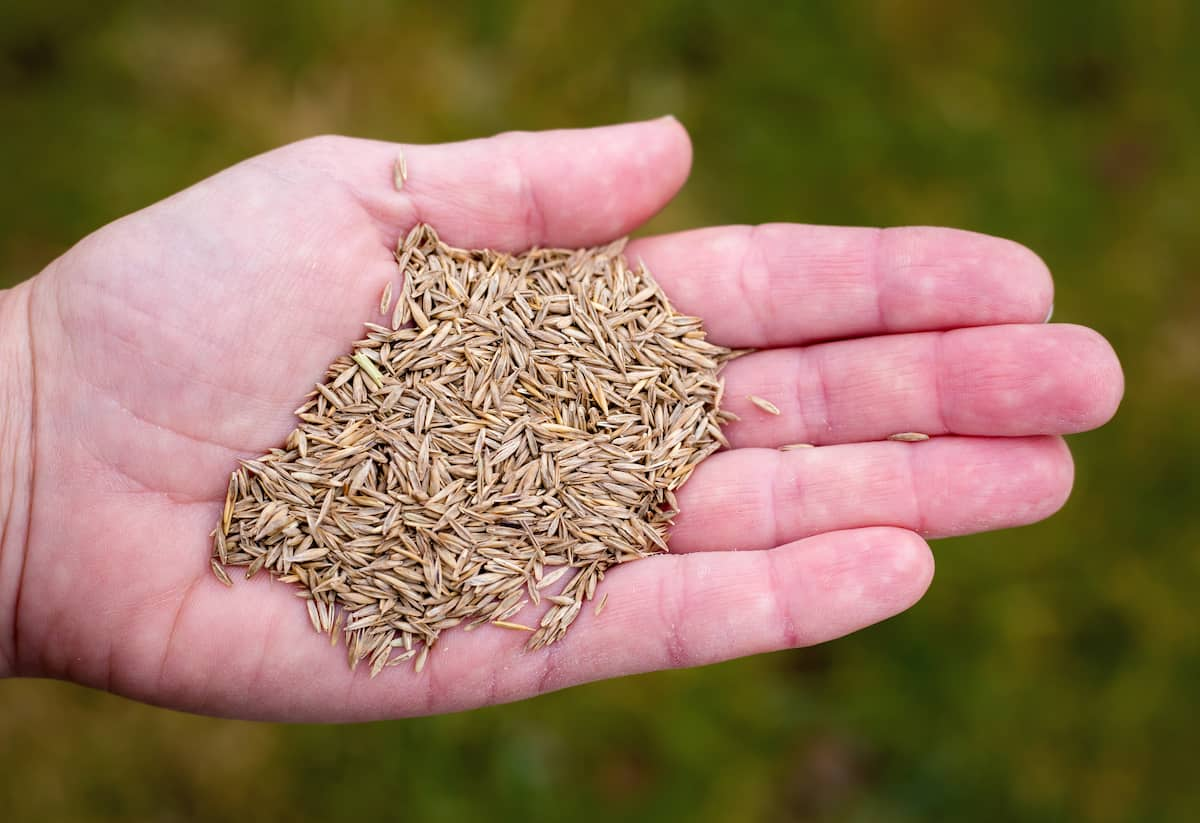


0 thoughts on “How To Grow Grass In The Summer”